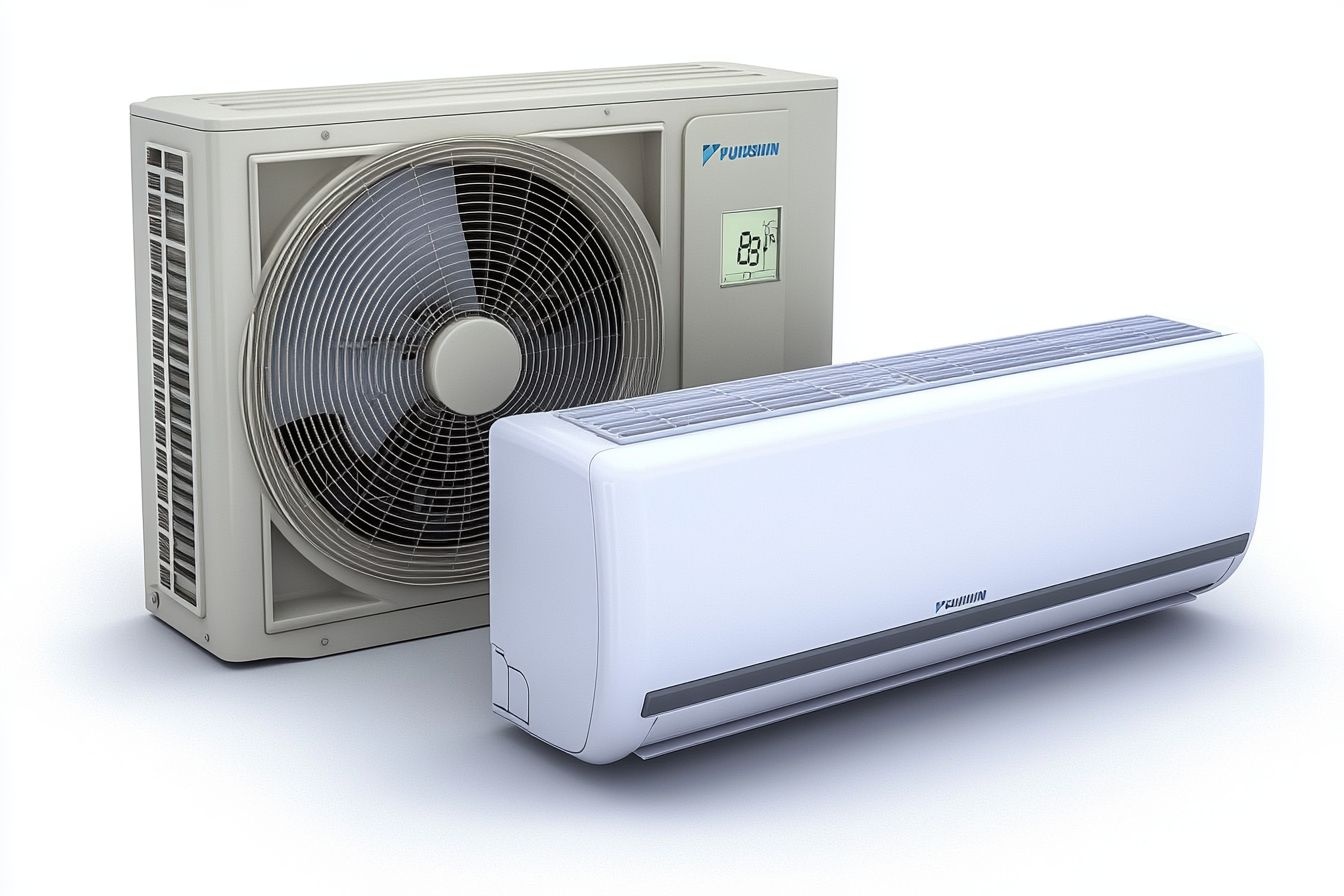What If Your Next HVAC Didn’t Quit on You? How Mini Splits Redefine Home Heating and Cooling
Do you feel like your AC gives up the ghost way too soon? Traditional central units often strain and fade before their time, leaving you with costly repairs or replacements. Mini splits, designed with modular parts and efficient operation, can quietly outlive the big boxes. The real question isn’t just about upfront cost—it’s about how long you want steady comfort without interruption.

Understanding Mini Split HVAC Systems
Mini split systems consist of an outdoor compressor unit connected to one or more indoor air-handling units by a conduit housing the power cable, refrigerant tubing, suction tubing, and condensate drain. Unlike traditional ducted systems, mini splits deliver air directly into different zones of your home without the energy losses associated with ductwork. This configuration offers several advantages: improved energy efficiency, flexible installation options, and the ability to heat or cool specific rooms rather than the entire house. Each indoor unit can be controlled independently, allowing customized temperature settings throughout your home while potentially reducing your energy consumption.
Common Issues Requiring HVAC Repair Services
Traditional HVAC systems frequently develop problems that require professional repair services. Clogged filters, refrigerant leaks, thermostat malfunctions, and compressor failures are common issues that can leave homeowners without heating or cooling at critical times. Ductwork presents additional challenges, as leaks and poor insulation can reduce efficiency by up to 30%. Many of these repairs are expensive and disruptive to daily life. Mini split systems eliminate many of these concerns by removing ducts from the equation and featuring fewer moving parts overall, which translates to fewer potential failure points and generally more reliable operation over time.
Professional Ductless Mini Split Installation
Proper installation is crucial for any HVAC system, but particularly for mini splits. While the absence of ductwork makes installation less invasive than traditional systems, professional expertise remains essential. The process typically involves mounting the indoor air handlers, installing the outdoor compressor unit, connecting the refrigerant lines, and establishing proper drainage and electrical connections. Professionals must carefully calculate the appropriate system capacity based on room size, insulation quality, window placement, and local climate conditions. Incorrect sizing can lead to short cycling, reduced efficiency, and premature system failure. A properly installed mini split system can last 15-20 years with regular maintenance—significantly longer than many conventional HVAC systems.
Addressing Ductless Mini Split Leaking Water Issues
Water leakage is one of the most common issues mini split owners encounter. This typically occurs when condensate drainage systems become clogged or improperly installed. The indoor unit produces condensation during operation, which should flow through a drain line to the outside of your home. When this system fails, water can leak into your living space, potentially causing property damage. Common causes include clogged drain lines, improper installation angle of the indoor unit, frozen evaporator coils, or damaged drain pans. Regular cleaning of filters and checking drain lines can prevent many leakage issues. For persistent problems, professional diagnosis is recommended to identify and address the underlying cause before serious water damage occurs.
Essential Mini Split System Maintenance
Regular maintenance is key to ensuring your mini split system’s longevity and optimal performance. Unlike conventional HVAC systems that require extensive professional servicing, many mini split maintenance tasks can be performed by homeowners. Monthly filter cleaning is essential to maintain airflow and efficiency. Outdoor units should be kept clear of debris, vegetation, and snow. Indoor units require periodic cleaning of coils and blower components to prevent dust buildup and maintain air quality. Professional maintenance, recommended annually, typically includes refrigerant level checks, electrical connection tightening, condensate drain cleaning, and component testing. This regular attention helps prevent common issues like water leaks, reduced efficiency, and system failures while extending the overall lifespan of your investment.
Comparing Mini Split Systems to Traditional HVAC Options
When evaluating heating and cooling options for your home, understanding the key differences between mini split and traditional HVAC systems helps make an informed decision.
| Feature | Mini Split Systems | Traditional HVAC Systems |
|---|---|---|
| Installation Complexity | Requires minimal structural modification; no ductwork needed | Requires extensive ductwork installation and more structural changes |
| Energy Efficiency | Typically 25-30% more efficient than ducted systems | Loses efficiency through duct leakage and heat transfer |
| Initial Cost | $3,000-$8,000 per zone (installation included) | $6,000-$12,000 for whole-home system |
| Lifespan | 15-20 years with proper maintenance | 10-15 years for most components |
| Zoning Capability | Built-in zoning with independent temperature control | Requires additional zoning equipment at extra cost |
| Maintenance Requirements | Regular filter cleaning; less complex professional service | More complex maintenance with more potential failure points |
Prices, rates, or cost estimates mentioned in this article are based on the latest available information but may change over time. Independent research is advised before making financial decisions.
Mini splits offer several advantages over traditional systems, including improved energy efficiency and targeted temperature control. However, they may not be ideal for every home situation. Homes with existing, well-functioning ductwork might find traditional systems more economical initially, while those requiring new ductwork installation or seeking better energy efficiency often benefit from mini splits. The higher upfront cost of mini splits is typically offset by lower operating costs and reduced repair needs over the system’s lifetime.
Conclusion
Mini split HVAC systems represent a significant advancement in home climate control technology, offering reliability and efficiency that traditional systems often struggle to match. Their ductless design eliminates many common failure points while providing greater temperature customization and energy savings. Though initial installation costs may be higher, the combination of lower maintenance requirements, reduced energy consumption, and longer lifespan makes them an increasingly attractive option for homeowners tired of dealing with unreliable heating and cooling. With proper installation and regular maintenance, a mini split system can indeed be the HVAC solution that doesn’t quit on you when you need it most.




